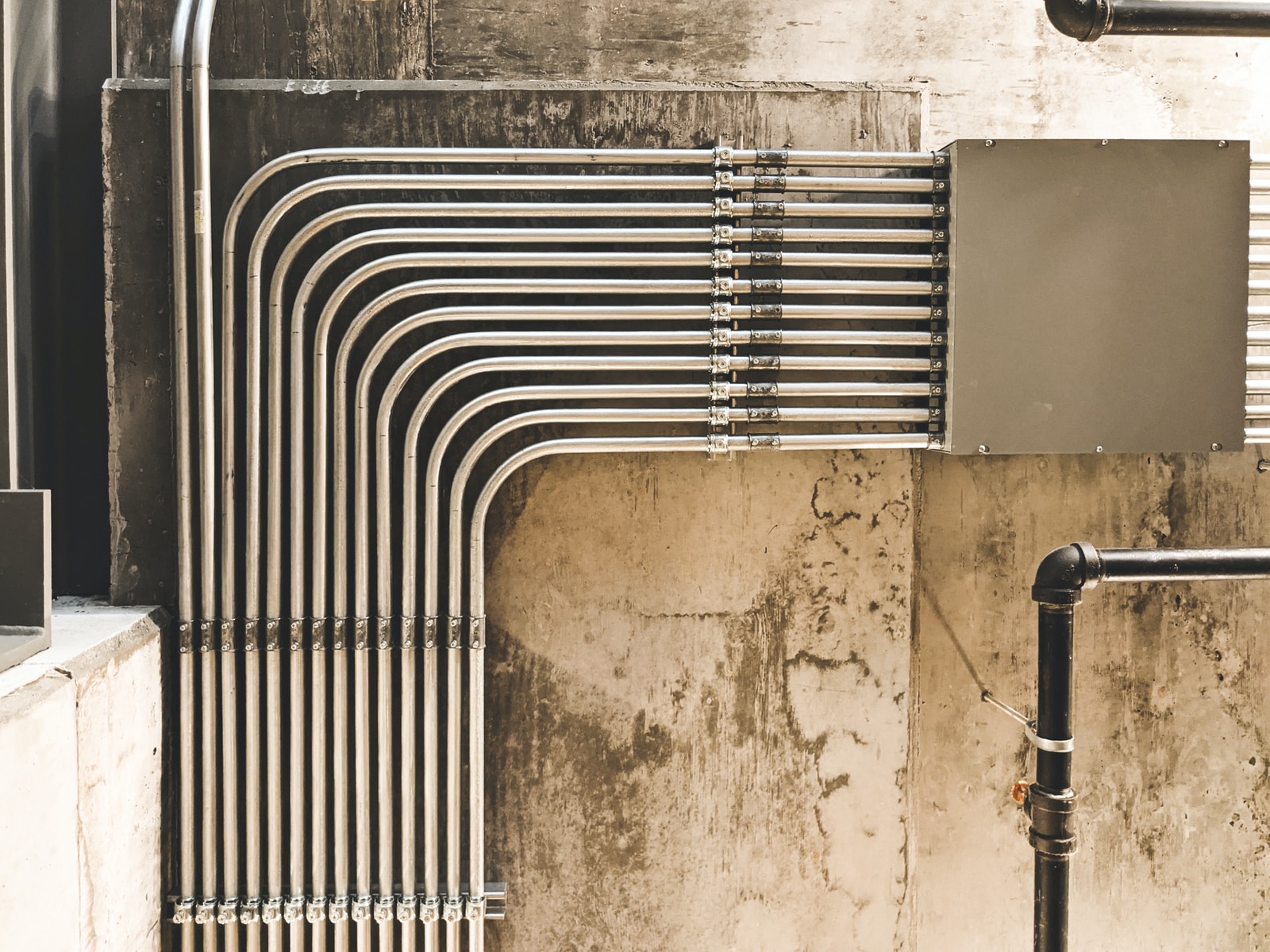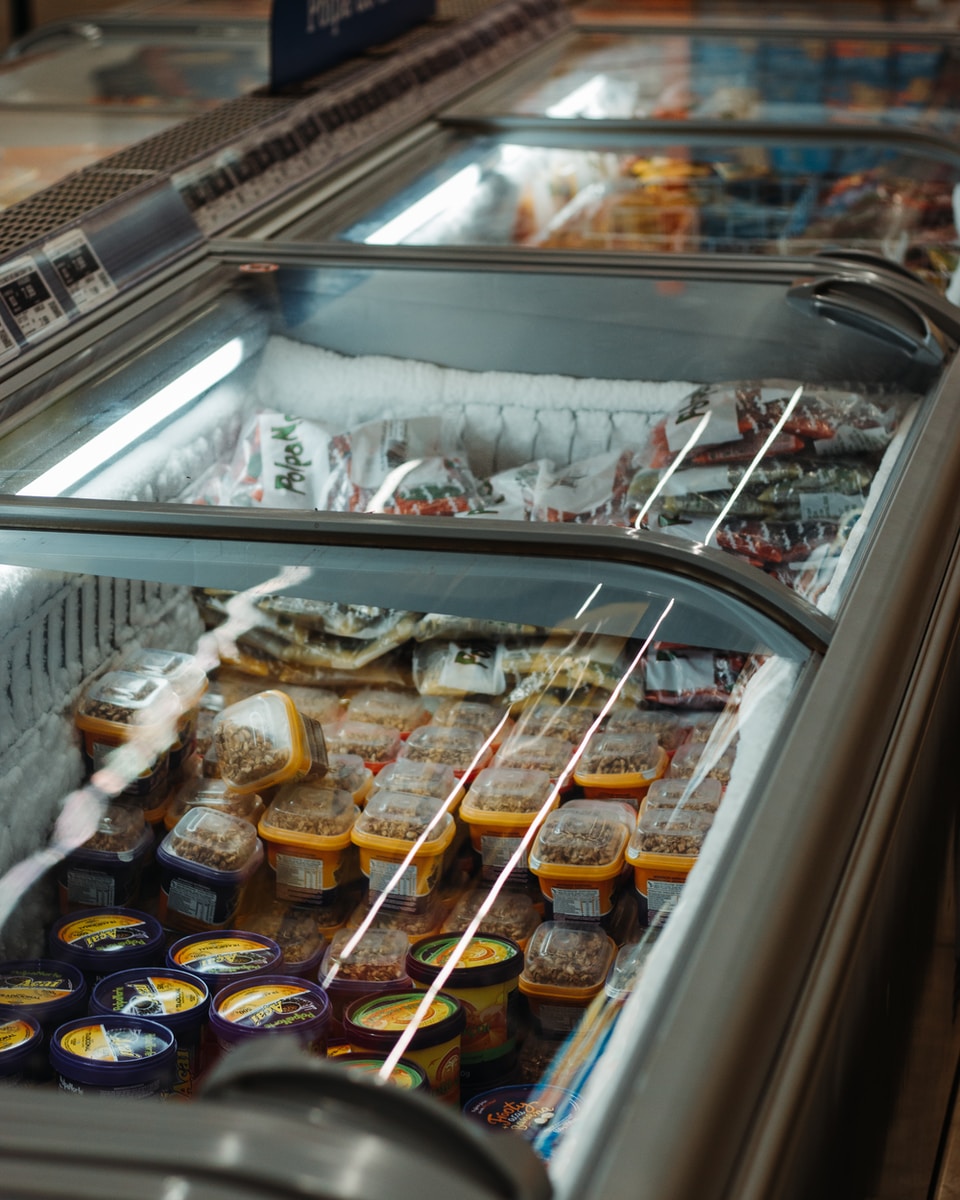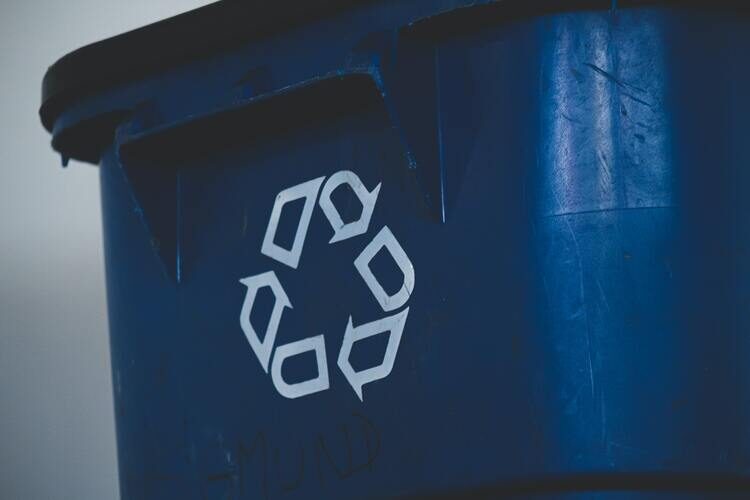
Understanding how a refrigerator works before hiring HVAC services can help you feel more comfortable with the process. Check out our guide about refrigeration below.
In this article, you’ll read about:
- What is commercial refrigeration?
- How does it work?
- What are the types of refrigeration?
- Why do you need this cooling system?
- When did refrigeration start?
- What are the ideal fridge temperatures?
- How do you dispose of a refrigerator?
What is commercial refrigeration?

Refrigeration is the process of keeping your food or drinks cold. You can have a refrigerator in your home, which is called residential refrigeration, or a refrigerator in your local grocery store, office or other businesses, which is called commercial refrigeration.
How does it work?

The most common type of fridge is one that uses an electrically-powered condenser, so that’s the process we’ll be explaining.
Most refrigerators use a refrigerant, or a liquid that easily transitions into a gas and vice versa, to keep your food cold. To start the process of refrigeration, the liquid refrigerant passes through an expansion valve or throttling device in an evaporator. This valve removes pressure from the refrigerant, expanding the liquid and heating it up enough that it becomes a gas.
That refrigerant gas then moves through coils in your fridge. As it does so, it absorbs heat from the inside of your fridge. The gas will continue on until it reaches your fridge’s condenser. The condenser will apply pressure to the gas, turning it back into a liquid. The heat the refrigerant had absorbed then gets pushed out into the room it’s housed in.
This heat transfer cycle will continue until the fridge meets the temperature set on its thermostat.
Most fridges are also lined with insulation to keep heat from getting in.
Refrigeration works pretty similar to air conditioning.
What are the types of refrigeration?

According to Refrigeration School, Inc., there are four main types of refrigeration:
- Mechanical-compression refrigeration system
- Transfers heat through mechanical compression
- Moves refrigerant from low-pressure side to high-pressure side of fridge
- Can also be used in air conditioning
- Electrically powered
- Absorption refrigeration
- Uses absorption and heat
- Uses refrigerants that get absorbed by other attracted substances
- Has an absorber and pump
- Heat can derive from hot water, natural gas, etc.
- Evaporative cooling
- Otherwise known as swamp coolers
- Blows warm air over water-soaked pads
- Water absorbs heat
- Less costly
- Thermoelectric refrigeration
- No refrigerant or water used; uses electric current and a thermocouple (measures temperature with two wires that are opposites in temperature)
- Current reversal swaps temperature
- Ideal for small cooling jobs (electronic systems)
Why do you need this cooling system?

The main reason why you need a refrigerator is to keep food cold. Refrigeration can help keep your food fresh for longer, which can encourage you to save money and time going to the grocery store. Additionally, if your food is cold, bacteria can’t grow as fast, which helps you avoid food poisoning.
When did refrigeration start?

According to the book “Refrigeration: A History” by Carroll Gantz, the first known instance of ice making happened in the 1850s, when the Cuyahoga Steam Furnace Company made a machine that made up to 1,700 pounds of ice in one summer.
Meanwhile, during the same time period, a man named Edmond Carré developed the first absorption-process refrigerator.
What is known as the first “cold storage,” though, is the invention of mechanical refrigeration by Thomas Sutcliffe Mort.
Refrigerators only became popular after the 1920s; before then, only 5,000 people in the U.S. had a fridge. Everyone else had to use ice boxes that constantly needed to be replenished with ice. Long before ice boxes and refrigerators were invented, people had to cut into the ice with horse-drawn plows or with other tools.
What are the ideal fridge temperatures?

For any typical fridge, you want to keep at or below 40 degrees F, according to the Food and Drug Administration. Freezers should be at 0 degrees F. If you’re unsure if your fridge is at the temperature it says it is, then you could consider buying a fridge thermometer.
How do you dispose of a refrigerator?

The best way to take care of a commercial fridge is to have it recycled, though you can simply have it disposed of, too. According to Energy Star, “The average refrigerator aged 10 years or older contains more than 120 pounds of recyclable steel!”
You can talk to waste removal companies, your state energy office or your local scrap metal recycler to help you get your fridge taken care of.
Conclusion

Now that you know more about commercial fridges, give us a call to see if your fridge needs maintenance. You’ll be able to feel more confident when we service your fridge because you understand the basics of refrigeration.
Need help with installation? We can help you with that, too.
